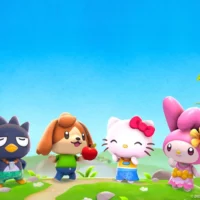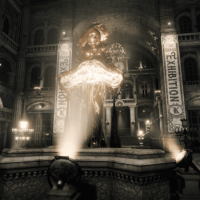Groundbreaking Game Preservation: ‘The Making of Karateka’ Sets Gold Standard

In the world of video game preservation, ‘The Making of Karateka’ stands as a groundbreaking achievement. This comprehensive and interactive historical document explores the creation of the iconic action game, shedding light on the innovative techniques employed by its developer, Jordan Mechner. With its five chronological chapters, interactive timeline, and engaging documentary vignettes, ‘The Making of Karateka’ sets a gold standard for game preservation. We will examine the significance, structure, and cultural value of this historical document, as well as its impact and critical reception in the gaming industry.
Key Takeaways
- Karateka was a pioneering action game that introduced cinematic elements to video games.
- The Making of Karateka is an interactive historical archive that provides a comprehensive look at the game’s creation.
- The documentary vignettes and behind-the-scenes materials offer first-hand insight into the development process.
- The interactive format of The Making of Karateka allows for a more intimate exploration of the game’s creation and the lasting impact it has had on the industry.
The Historical Significance of Karateka
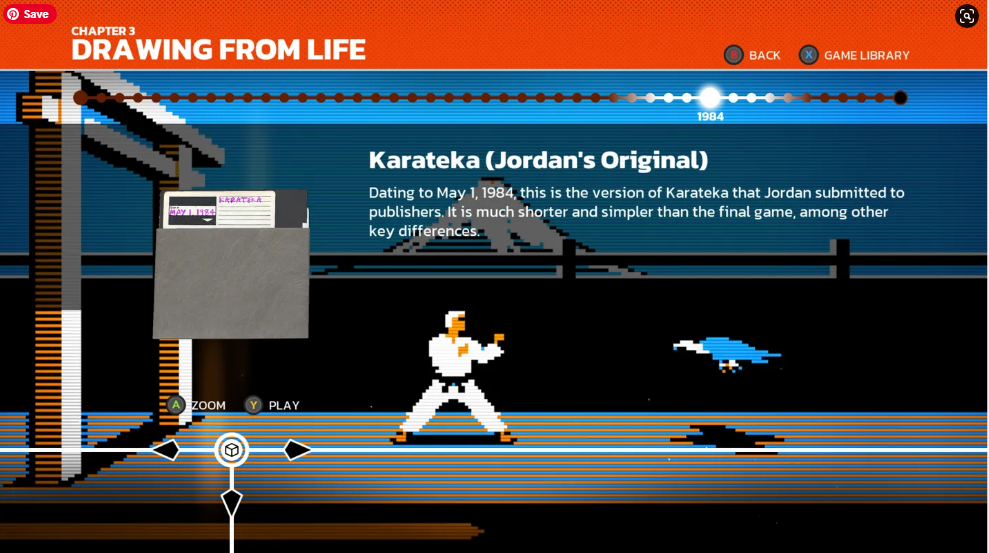
While Karateka may be remembered as an influential and groundbreaking action game, its historical significance extends far beyond its innovative gameplay mechanics. Developed by Jordan Mechner in the early 1980s, Karateka was one of the first cinematic video games that took inspiration from traditional film and animation. It introduced cutscenes, in-game cutaways, and a clear ending, which was a departure from the never-ending arcade experiences of the time.
Karateka also pioneered techniques like rotoscoped animation and motion capture, pushing the boundaries of what was possible in video game visuals. Jordan Mechner’s subsequent creations, such as Prince of Persia and The Last Express, further solidified his place as a visionary game designer. Karateka’s historical significance lies in its role as a trailblazer in the realm of storytelling and visuals in video games, paving the way for future innovations in the medium.
The Making of Karateka: An Interactive Archive
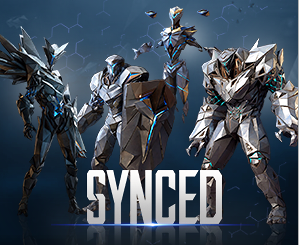
The Making of Karateka is an immersive and interactive archive that offers a comprehensive exploration of the game’s development and historical significance. Created and curated by Digital Eclipse, a game preservation-focused studio, this archive serves as a valuable resource for understanding the creation of Karateka.
The documentary vignettes within The Making of Karateka provide first-hand insights from those involved in the game’s development, offering a behind-the-scenes look at the creative process. Additionally, the archive includes a range of behind-the-scenes materials such as journal entries, sketches, and working documents, which provide a deeper understanding of the game’s creation. The inclusion of playable versions of Karateka, including prototypes and remastered editions, allows players to experience different iterations of the game, further enhancing the interactive nature of this archive.
Exploring the Creation Process of Karateka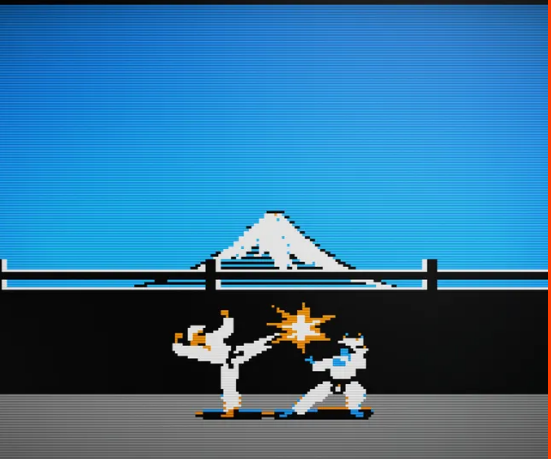
Throughout The Making of Karateka, the development process of the game is thoroughly explored, shedding light on the intricacies and challenges faced by the team behind its creation. The documentary vignettes provide first-hand insight from those involved in the game’s development, offering valuable anecdotes and perspectives.
The behind-the-scenes materials, such as journal entries, sketches, and working documents, provide a deeper understanding of the creative process and the evolution of Karateka. From the early concept stages to the final release, the documentary showcases the dedication and innovation of Jordan Mechner and his team. It highlights the pioneering techniques used, including rotoscoped animation and motion capture, which were groundbreaking at the time. The Making of Karateka serves as an invaluable resource for game preservation, capturing the history and impact of this influential game.
The Structure and Presentation of The Making of Karateka
With its five chronological chapters, The Making of Karateka provides a cohesive and engaging narrative journey through the game’s development process. The structure of the documentary allows for a clear understanding of the various stages involved in creating Karateka. Each chapter builds upon the previous one, highlighting the challenges, breakthroughs, and creative decisions made by Jordan Mechner and his team. The presentation of The Making of Karateka is both slick and immersive, with an interactive timeline that places each component in Jordan Mechner’s life. The documentary vignettes are concise and informative, offering first-hand insights from the developers. Additionally, the inclusion of behind-the-scenes materials such as journal entries and sketches adds depth to the overall experience.
The Cultural Value of The Making of Karateka
An examination of the cultural value of The Making of Karateka reveals its significance as a historical document that captures a pivotal moment in the evolution of video game development. The documentary provides a unique insight into the creation of Karateka, a groundbreaking game that revolutionized the industry in the early 1980s. By showcasing the behind-the-scenes materials and first-hand accounts of the developers, The Making of Karateka offers a comprehensive understanding of the game’s creation process.
It goes beyond nostalgia and serves as a record of a seminal work in video game history. The interactive format of the documentary allows for a more intimate exploration, further enhancing its cultural value. The inclusion of modern remasters of Karateka and Deathbounce also highlights the lasting impact of Jordan Mechner’s original concepts, solidifying The Making of Karateka’s position as a gold standard in game preservation.
Impact and Reception of The Making of Karateka
Although The Making of Karateka is a relatively recent release, it has already made a significant impact and garnered positive reception from both critics and gamers alike. The game has received critical acclaim, earning a five-star rating.
It has been released on multiple platforms, including PC, Nintendo Switch, PS5, PS4, Xbox Series X/S, and Xbox One.
The comprehensive technical and aesthetic emulation options in The Making of Karateka enhance the experience of playing the original game and prototypes. Additionally, the optional video playthroughs of all the prototypes and games remove barriers that can come with playing dated and unoptimized titles.
The Making of Karateka has been praised for its preservation of a seminal work in video game history and its innovative approach to interactive historical documentation.
The Gold Standard of Game Preservation
The Gold Standard of Game Preservation exemplifies the highest level of excellence in safeguarding and documenting the history and cultural impact of video games. It sets a benchmark for the meticulous preservation and presentation of video game artifacts, ensuring their accessibility and longevity for future generations.
The Gold Standard entails comprehensive documentation of the game’s creation, including behind-the-scenes materials, interviews with developers, and historical context. It also involves the preservation and restoration of the game itself, allowing players to experience it in its original form or through remastered versions.
Furthermore, the Gold Standard incorporates interactive elements that enhance the exploration and understanding of the game’s significance. By adhering to this standard, game preservation efforts ensure that invaluable pieces of gaming history are not only preserved but also celebrated and appreciated by enthusiasts and scholars alike.
The Lasting Legacy of Karateka
The Lasting Legacy of Karateka encompasses its influence on the evolution of cinematic video games and its enduring impact on the gaming industry. As one of the first cinematic video games, Karateka revolutionized the way games incorporated storytelling and visuals. Its use of cutscenes, in-game cutaways, and a clear ending set it apart from the never-ending arcade experiences of the time.
Karateka’s innovative techniques, such as rotoscoped animation and motion capture, paved the way for future games to incorporate realistic movement and character animation. Additionally, Karateka’s creator, Jordan Mechner, went on to create other landmark games like Prince of Persia, further solidifying the game’s influence on the industry. The lasting legacy of Karateka is seen in the continued use of cinematic storytelling techniques in modern video games and the recognition of its impact on game design and development.
Frequently Asked Questions
How Did the Development of Karateka Impact the Gaming Industry in the 1980s?
The development of Karateka in the 1980s had a significant impact on the gaming industry. It introduced cinematic elements, such as cutscenes and clear endings, and pioneered techniques like rotoscoped animation and motion capture.
What Specific Techniques and Innovations Did Karateka Introduce to the World of Video Games?
Karateka introduced groundbreaking techniques to the world of video games, including rotoscoped animation and motion capture. It was one of the first cinematic games, featuring cutscenes and a clear ending, setting a new standard for game development in the 1980s.
What Types of Materials Can Be Found in the Making of Karateka, and How Do They Contribute to a Deeper Understanding of the Game’s Creation?
The Making of Karateka offers a comprehensive collection of materials, including documentary vignettes, behind-the-scenes materials, and playable versions of the game. These resources provide first-hand insights and a deeper understanding of the game’s creation process.
How Is the Making of Karateka Structured, and What Features Make It Interactive and Engaging for Users?
The Making of Karateka is structured into five chronological chapters, offering a clear narrative. Its interactive features, including an interactive timeline, documentary vignettes, behind-the-scenes materials, and playables, engage users and provide an intimate exploration of the game’s creation.
What Modern Elements and Remasters Are Included in the Making of Karateka, and How Do They Showcase the Lasting Impact of the Original Game?
The Making of Karateka includes modern remasters of the original game and the game’s spiritual successor, Deathbounce. These remasters showcase the lasting impact of Jordan Mechner’s original concepts and demonstrate the evolution of the game over time.
Conclusion
In conclusion, ‘The Making of Karateka’ stands as a groundbreaking example of game preservation. It offers a comprehensive and interactive historical document that showcases the significance of the game in video game history.
With its innovative techniques and engaging presentation, ‘The Making of Karateka’ has received critical acclaim. It has set a gold standard for preserving and understanding the evolution of the gaming industry. As a lasting legacy, Karateka continues to inspire and inform future generations of game developers and enthusiasts.
Keep your eyes open for more articles on Club Penguin Hero and read more great game reviews here.
- ESRB Leaks Major Re-release: Beyond Good and Evil 20th Anniversary Edition - December 15, 2023
- Valve’s Game-Changing Deal: Revamped Steam Decks - December 14, 2023
- Capcom’s Game Sales Skyrocket With Blockbuster Releases - December 13, 2023

